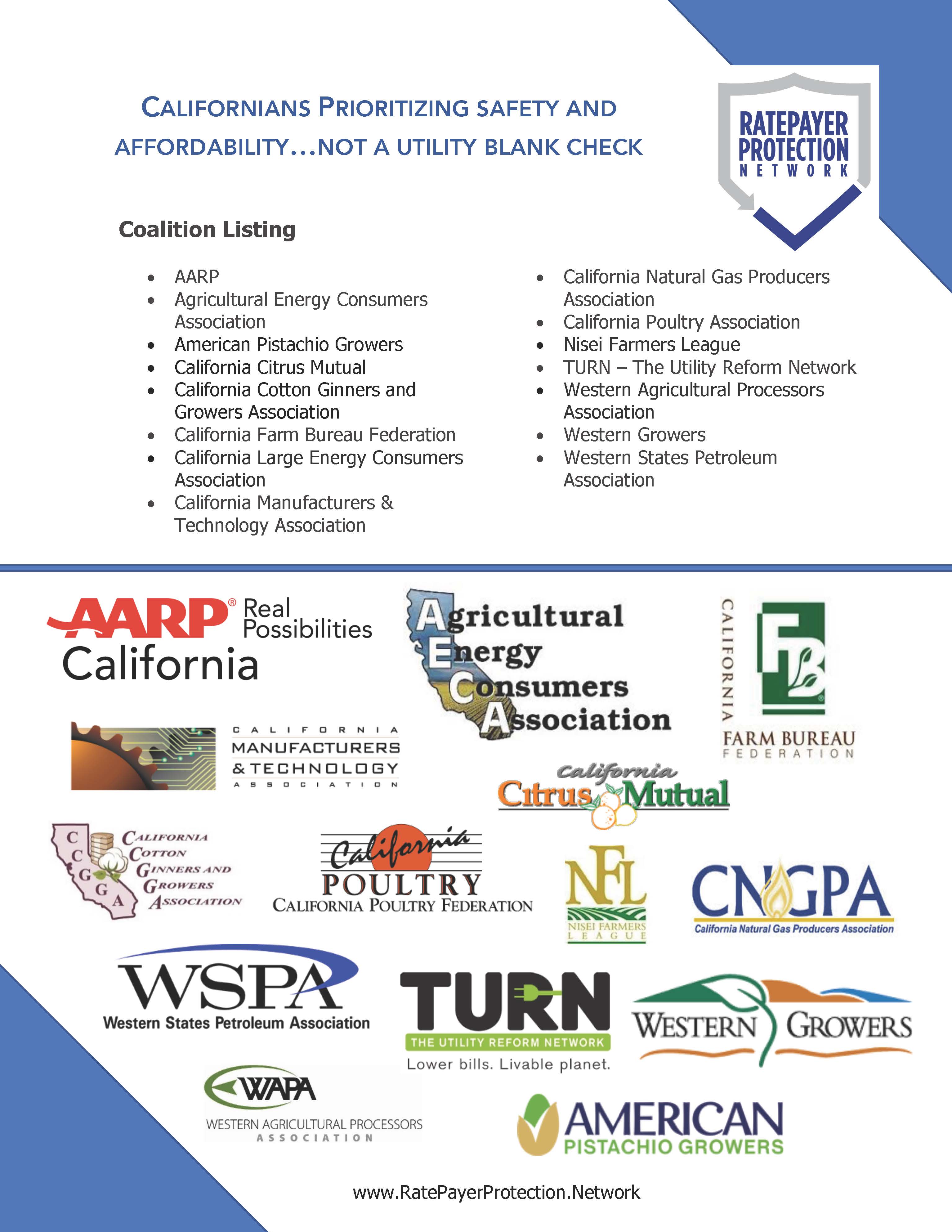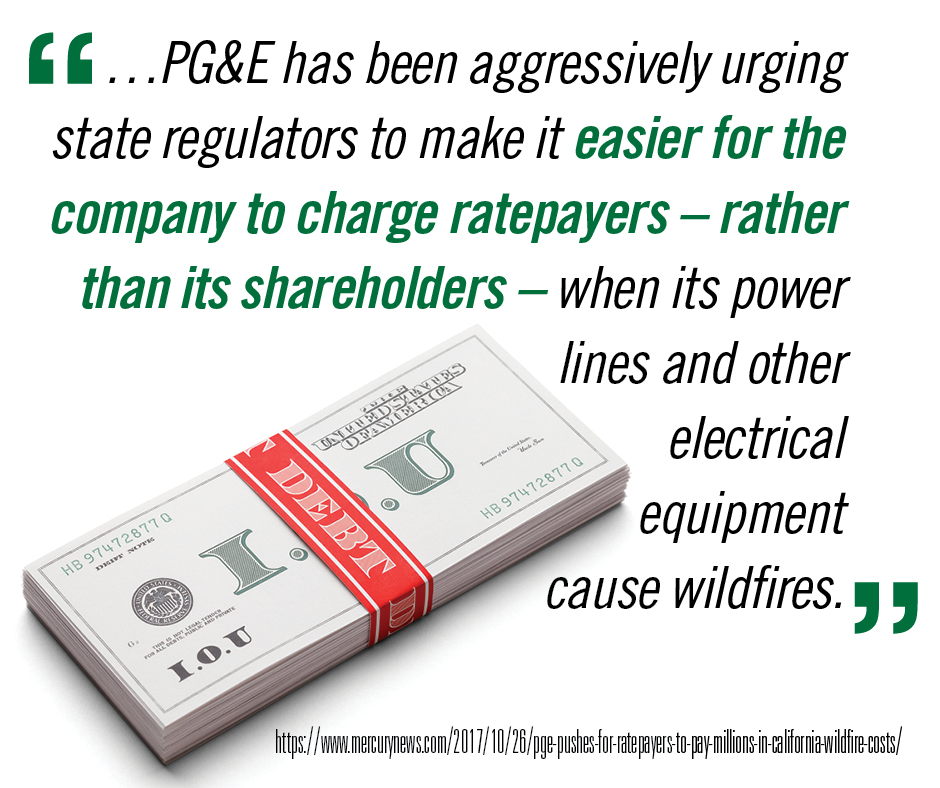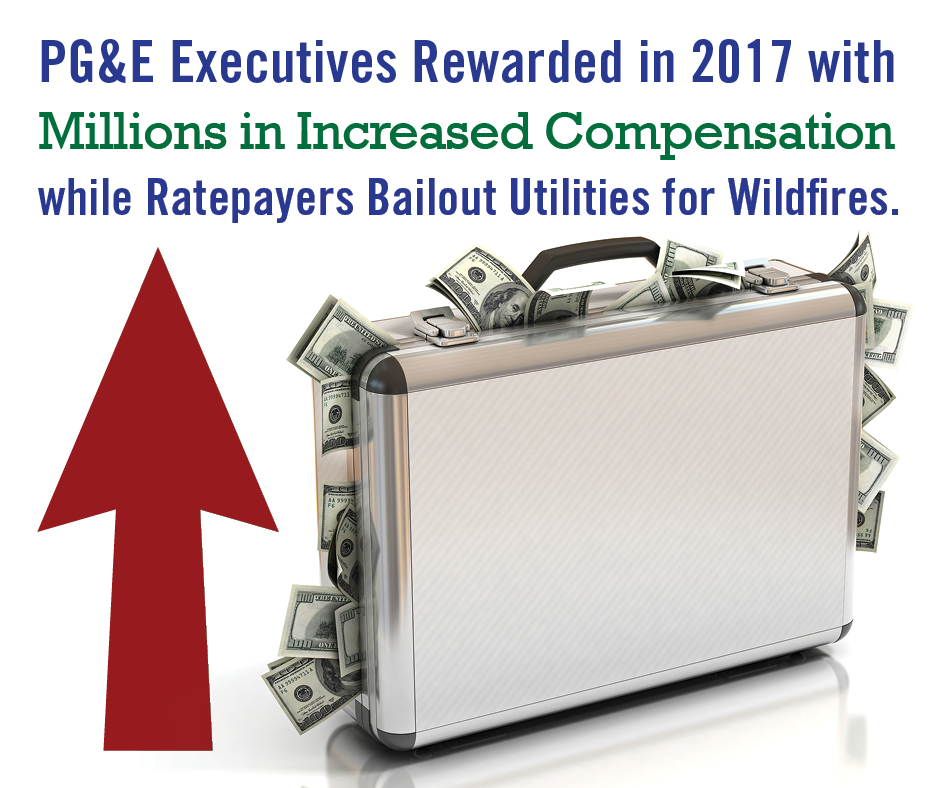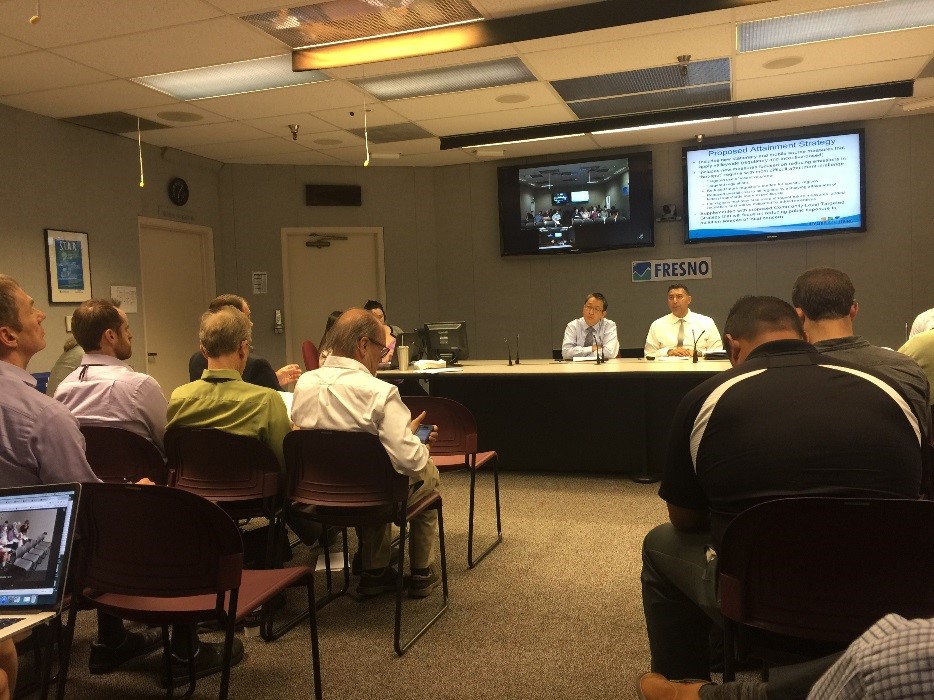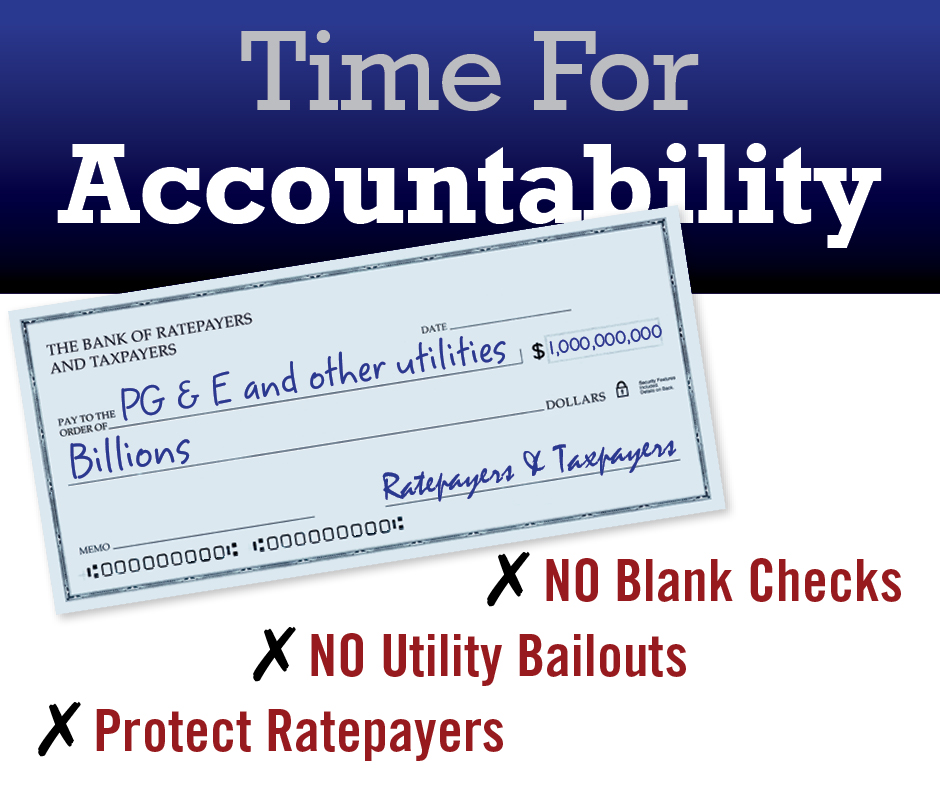Californians prioritizing safety and affordability…not a utility blank check. #noWildfireBailout #holdutilitiesaccountable #noBlankChecks
Author Archives: ccgga
Irrigated Lands Fees Set to Increase This Year
The State Water Resources Control Board is looking to increase the per acre charged to growers through their Irrigated Lands Regulatory Program (ILRP) this year, adding to the list of State Agencies increasing the cost of compliance to do business in the state. Earlier this month, the SWB proposed the increases, and announced that they will be taking the recommended fee increases before the Board during the September Board Meeting. The ILRP program is locked in to increase by 8.9%, going from .87 cents/acre, up to .95 cents/acre. The ILRP program has still yet to reach full enrollment of all irrigated acres within the state, and the development of these newer programs will be supplemented by fees collected elsewhere in the state. There are still two regions that have yet to adopt the order, or are in the process of developing coalitions to represent growers for that specific area. Usually, SWB staff include up to 6% of their collected revenue as part of their “Reserve Funding” from year to year. This fund helps offset some of the proposed fee increases, however, staff has put in place a plan to reduce the amount collected year to year to help offset future fee increases. The fund will decrease to 4% starting this upcoming season.
State Water Board staff has noted that numerous permit programs that operate under their guidance are severely underfunded, and that fee increases are necessary to maintain proper operation of these programs. CCGGA has attended several of these fee workshops and tried to find a working solution outside of charging stakeholders (grower) more for the same amount of work year after year. Unfortunately, SWB staff has also proposed a 20% increase in fees to be broken up over the next 3 years to help bring revenue closer to actual expenditures for these programs. The Association will continue to fight against these unwarranted fee increases. Stay tuned.
$9.7 Billion More for the Same Amount of Energy
Pink Bollworm Report- Silverleaf Whitefly Report
The California Department of Food and Agriculture’s Pink Bollworm Program has released its report for monitoring Silverleaf Whitefly. The program monitored for whitefly and other cotton pests from July 16, 2018 to July 27, 2018. For the full report, please follow the link below:
We Already Pay the Highest Utility Rates in the Country
No Wildfire Bailouts
Packed Workshop Hears ARB & SJVAPCD Target Agriculture
Over 60 people attended last night’s workshop on the PM2.5 plan for the San Joaquin Valley. And what they heard was not good news for agricultural interests. At the Air District level, attendees learned that irrigation pump engines, both diesel and natural gas, will once again become targets for a further tightening of the regulations governing those sources. Tier 3 pump engines will now have to be replaced with Tier 4 engines or electric motors. In addition, the Air District is going to tighten the Conservation Management Practices regulations to control fugitive dust from farms, specifically tightening restrictions on land preparation and how lands are fallowed. On the State side, CARB confirmed the information released last week stating they will be regulating tractors and harvesters for the first time. While they will focus on the use of incentives first, it was made abundantly clear there will be a “drop dead date” by which older tractors and harvesters will have to be replaced. These mandates are a result of a very tight Federal EPA ambient air quality standard for PM2.5. Interestingly, EPA was at the meeting, but said nothing. Fittingly, EPA still intends not to regulate locomotives, a significant source in the valley, and one that can only be regulated by EPA! The Association opposes these mandates and will be submitting written comments accordingly. The plan is expected to be adopted by the SJVAPCD in October and the ARB in November.
Time to Hold Utilities and their Shareholders Accountable
CARB Releases Draft PM2.5 Plan – Tractors Will be Regulated
This past week the California Air Resources Board (CARB) has released their portion of the measures to be contained in the State Implementation Plan (SIP) for the San Joaquin Valley to achieve attainment of the National Ambient Air Quality Standard for PM2.5. Two of these measures includes tractors and harvesters. One of the measures, named the “Accelerated Turnover of Agricultural Tractors” would use existing and new incentive funding programs to help accelerate the natural turnover of agricultural equipment. These programs include the Carl Moyer Program, the USDA NRCS EQIP Funding and the new FARMER Program funding. On the other hand, another measure entitled “Cleaner In-Use Agricultural Equipment” is designed to increase the penetration of cleaner agricultural equipment, including advancing zero-emission technology (aka “electric”) where feasible. This program appears to be a mandatory replace measure, that allows for incentive funds to be used, but will become mandatory of the necessary reductions are not achieved. The amount of reductions being asked for by CARB is as follows:
| Proposed Measure | Agency | Action Date | Implementation Begins | Expected Emission Reductions (tons/day) |
| Accelerated Turnover of Ag Tractors | CARB/SJVAPCD | 2020 | Ongoing | 11 |
| Cleaner In-Use Agricultural Equipment | CARB | 2025 | 2030 | Not Yet Quantified |
While this is still in draft, it confirms comments by CARB over the past year in several workshops. This will only apply to the San Joaquin Valley and the eight counties therein. This will be coupled with the measures being proposed by the San Joaquin Valley Air Pollution Control District (SJVAPCD) including a measure to require the replacement of Tier 3 diesel fired pump engines with either a final Tier 4 pump engine or electric motor. That measure has not yet been formally released and the final compliance dates have yet to be announced. However, workshops on both the CARB and SJVAPCD plans will be held this next month, so we will know the details soon enough.
Association Continues Effort to Fix FSMA for Cotton Gins in DC
The Association traveled back to Washington, DC this week to meet with FDA officials and Congressional representatives on the primary issue of how Food Safety Modernization Act (FSMA) regulations on animal feed will apply to cotton gins. Representing the Association in those meetings were Priscilla Rodriguez, WAPA Director of Food Safety, and Roger Isom, CCGGA/WAPA President/CEO. As has been stated in the past, there are a couple of issues that remain with the applicability of the Preventive Controls Rule for Animal Feed for cotton gins, based on ownership. FDA has acknowledged there is no difference in risk based on where the cotton is ginned; however, they refer back to the ownership of the cotton when determining applicability, which is of major concern. Most gins would be exempt based on ownership, but some would fall under the Preventive Controls Rule for Animal Food. FDA has acknowledged the issue and committed to future rulemaking to address the definition of a farm in order to address ownership issues; however, it is has been several months since they made the announcement at the National Cotton Council Annual Meeting in Fort Worth. Most recently, Dr. James Gorny, FDA, announced at WAPA’s 2018 Annual Meeting that he expected something out in the spring of 2019. In this week’s meeting with FDA, it appears to be more likely to be in the summer of 2019 or later. FDA is concerned with unintended consequences and wants to make sure they don’t cause other problems in trying to solve this particular one. The Association is concerned with inconsistent applicability of the regulations to operations that are exactly the same except for ownership. The Association then spent a day in the Capitol meeting with several congressional offices to discuss the issue, including meeting with Congressman David Valadao and Devin Nunes on the matter. Stay tuned!
